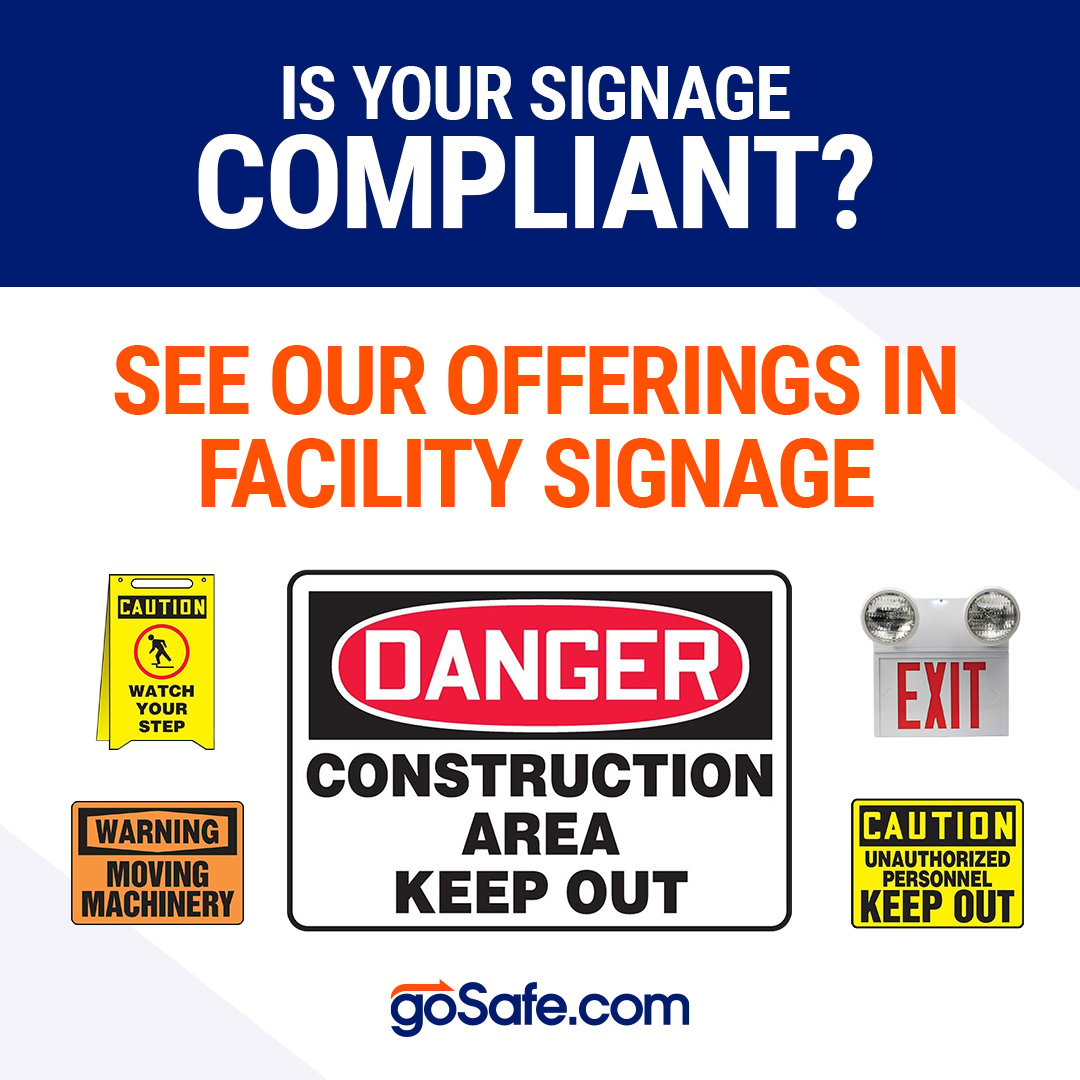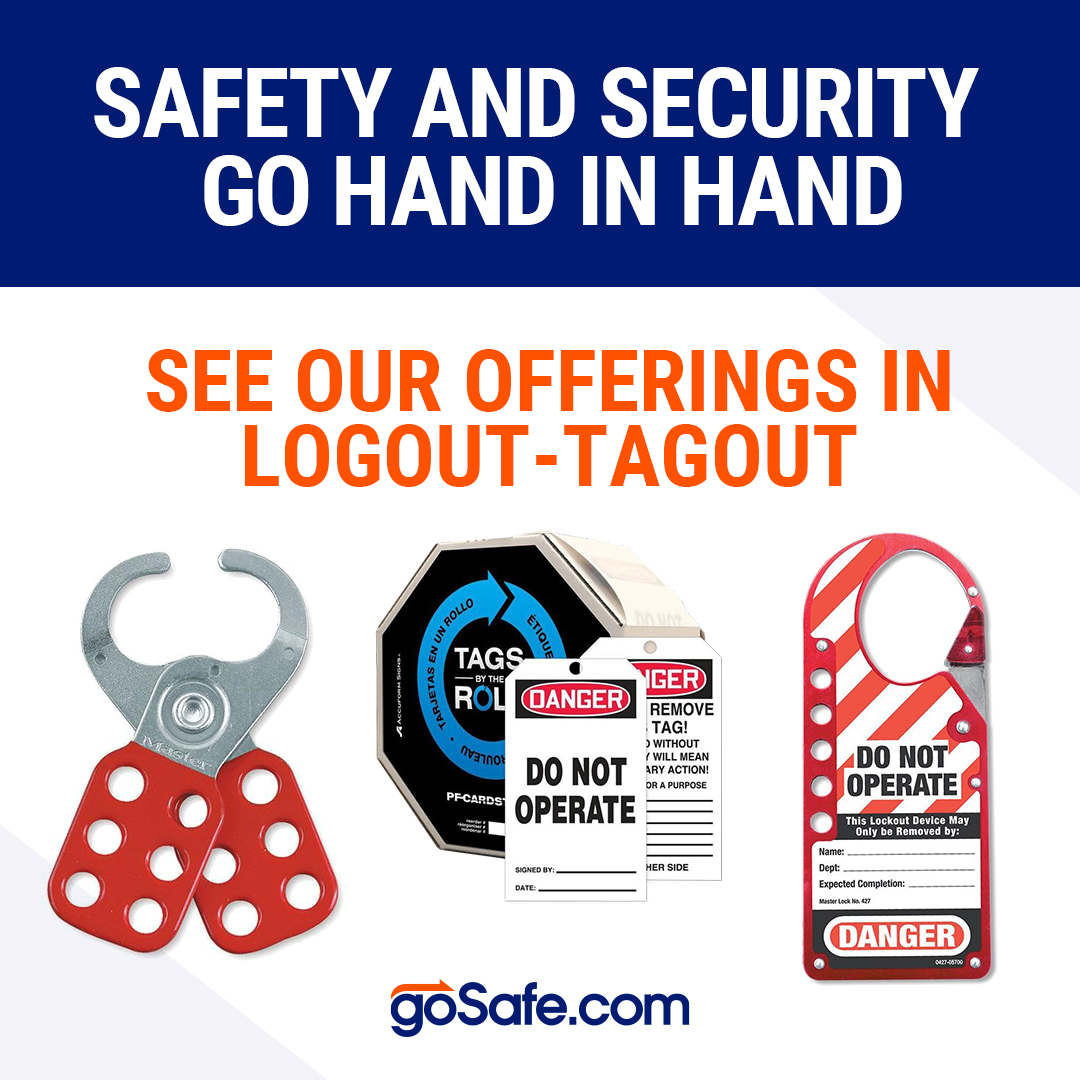When it comes to complying with safety standards and being safe from secondary spills, berms and spill pallets are ideal for warehouses that deal with hazardous liquids. If your warehouse has hazardous liquids, you may be wondering, "Do I need a berm or spill pallet?" Here is what you need to know about both spill pallets and berms, how they differ, which one is best for you, how they help you remain compliant and how they help contain liquids.
What and How are Berms and Spill Pallets Used?
Along with basins and sumps, berms and spill pallets work as secondary spill containment tools. Both berms and spill pallets allow you to contain and store hazardous liquids like petroleum products, crude oil, carbon dioxide, ammonia and more.
Other hazardous liquids include those that are combustible or flammable; and include a number of liquids like paints, solvents, thinners, cleaners, waxes, adhesives and polishes. These all have a flashpoint below 100 degrees Fahrenheit.
These materials must be stored, but pose a risk when not contained properly.
Berms and spill pallets work by keeping the hazardous liquid contained to the berm or spill pallet instead of a warehouse floor, roadside or in a water source, etc. For instance, the Ultra-Containment Berm Foam Wall Model works for both portable drum containment, as well as equipment maintenance. And the Ultra-IBC Spill Pallet Plus is a cost-effective spill containment that works for large containers like tanks and IBCs. This spill pallet gives you the option of purchasing a unit with or without a drain, and is ideal for using with a forklift.
What are the Different Types?
There are quite a few types of berms and spill pallets such as:
- Foam Wall Berms. These are excellent for using under machinery or vehicles that are leaking or for storage equipment and machinery. Vehicles can drive on top of them and also work well for HAZMAT spill response.
- Aluminum Angle Berms. These work well outdoors since they have UV protection. Also ideal for both temporary use and extended containment.
- Mini Spill Basin. These are ideal little portable spill containment tools that are for smaller containers like a battery or small drum. These work well for hurried use, because it opens fast and is flexible.
- Floating Containment Mat. This is a type of containment tool that works well for tools, falling debris, and contaminants that may get into a water source.
- 2 Drum Spill Pallet. This is a solution for chemicals and can also be used outdoors. It allows you to contain and store 55 gallon drums and, if there is a spill, it will drain into the bottom sump area; keeping the floor and surrounding area safe.
- 2 and 4 Drum Hardcover. This solution also contains 55 gallon drums and comes in a two or four drum choice. It has a rolling cover that not only protects drums from the elements, but also contains spills better.
- 4 Drum Slim Pallet. This is a solution for those who need all of the space they can get. It holds up to four drums, but has a slim profile. The pallet has raised edges on the sides and back to keep spills off of the ground.
- 4 Drum Spill Pallet. This spill pallet holds four drums and works well, even in outside areas.
- IBC Spill Pallet. This is the one mentioned above that work great for operation, refilling, dispensing and storage purposes. It is much like a drum pallet, has removable grates and can hold up to 360 gallons.
Why Are These Important?
There are many reasons why spill pallets and berms are so important in your work area. When a hazardous liquid spills, you want to be able to ensure that it is contained as fast as possible for safety reasons and clean up. The point is to stop it from spreading. A berm or spill pallet not only makes cleaning up easier, it keeps the hazardous liquids from causing a bigger safety issue.
For instance, if you have a smaller spill in a contained warehouse, then it is easier to take care of the problem. A huge spill, near a water source, is much more dire of a problem. With spill pallets and berms, that problem is contained easier because they catch the spillage first. If the issue is caught in time, the spill can be contained to the berm or spill pallet before it even reaches the floor. This fast action greatly reduces hazards to people or property.
Staying Compliant
According to the EPA (Environmental Protection Agency), a facility must have a secondary container. So, your drums that hold the hazardous liquid is considered to be a primary container, but in order to be compliant, you must have a secondary container as well. The reason for this is that no matter how formidable your container is, there are accidents that happen when a primary container has failed - often due to the elements outside. A secondary container like a berm or spill pallet ensures that, even if that primary container fails for some reason, you have a backup. By having a secondary container, dangerous materials are not exposed to people or property.
Since secondary containment systems needs enough room to hold at least 100% of the volume of the largest container, or at least 10% of the total volume of the primary containers (whichever is greater); you must follow these rules to stay compliant with federal regulations.
The point is that you can never have too much protection when it comes to hazardous liquids. One spill can cause astronomical consequences and often through no fault of anyone, but the damage has been done. By having both forms of protection, you are doubling your safety net when it comes to spills. Always have a backup plan and, in this case, secondary containment like berms and spill pallets. It's not only required, but makes safety and cleanup issues easier to handle.







